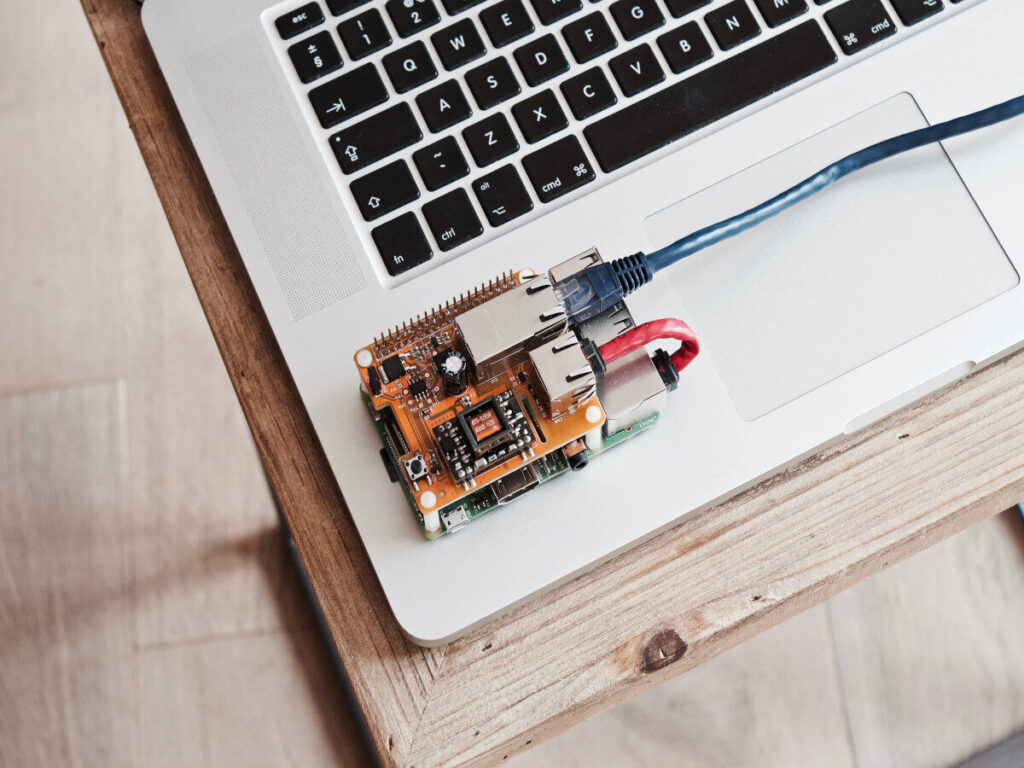It happens quickly: you have more devices than you can connect to a single connection, or you want to transmit a signal to more than one receiver. A splitter, often called a distributor, can be used for this.

TABLE OF CONTENTS
1 Splitter – useful for audio, video and USB signals
2 Image ads are also supported on 4K and 8K displays
3 Compatible with copy protection?
4th Can splitters duplicate video and audio signals?
5 Splitter – a quick addition, but not the solution for everything
An HDMI splitter sends a signal to multiple receivers. This essentially distinguishes it from an HDMI switch, which brings together several transmitters with one receiver. There are also devices that can handle both functions at the same time. This is the case, for example, with so-called HDMI matrices, since the devices are able to both receive multiple signals and send them to multiple devices.
SPLITTER – USEFUL FOR AUDIO, VIDEO AND USB SIGNALS
A typical application example is an HDMI splitter. You have more than one screen on which you want to see a video signal. This can be the case, for example, if you want to operate a presentation on a smaller screen and at the same time transfer it to a larger monitor or canvas. Splitters are therefore most useful when you want to transmit image and audio signals to more than one receiver.
Also USB -distributor are a common application here. These are often called “ USB-Hub “and help users to connect multiple devices to one USB port by splitting the one USB port into several separate ports. This makes it possible to connect more devices to your own computer. Even if there are only a limited number of connections. However, the split connections can never achieve higher transmission rates than the maximum one connection on the computer can provide. So if you connect a lot of devices via an older USB port, you should expect a decline in data rates. Alternatives to USB hubs can be so-called docking stations, which often not only provide USB connections, but also other types of connection.
In other areas, such as with Ethernet splitters, it is less worthwhile to use. With an Ethernet splitter, one connection can be converted into two connections at low cost. However, this is also at the expense of the data transmission rate. In addition, an Ethernet splitter is limited to a maximum of two devices per cable. So if you want to connect several devices in order to benefit from faster data transfer, you should use a switch in this case.
IMAGE ADS ARE ALSO SUPPORTED ON 4K AND 8K DISPLAYS
Splitters that support resolutions of 4K or 8K are also available. If you are specifically looking for devices that offer these functions, you should make sure that the manufacturer’s information also includes the desired image update rates. For example, at 4K and 8K resolutions, around 60 Hz and 30 Hz are common rates that can be found. Because such high resolutions are supported, splitters are also interesting when used with 4K projectors and 4K televisions.
COMPATIBLE WITH COPY PROTECTION?
Copy protection such as HDCP (High-bandwidth Digital Content Protection) is designed to prevent audio and video signals from being intercepted between a device that is transmitting and one that receives the signal. This is to prevent users from pirating feature films, for example. In other areas such as game capture, however, such copy protection can be a hindrance. If you want to stream with a PS4 / Xbox, you will be pleased that HDMI splitters, for example, have no problems with HDCP. The splitter simply has to be compatible with this copy protection, as this inevitably always lies between a sender and a receiver. So if you have devices with HDCP functions, you don’t have to worry about connecting a splitter for video and audio signal duplication.
CAN SPLITTERS DUPLICATE VIDEO AND AUDIO SIGNALS?
Yes, if it is a split signal that is intended for video and audio transmission from the start. These include HDMI and DisplayPort, for example. In fact, there are even special splitters that are explicitly intended to separate audio and video signals from one another. With an HDMI audio splitter, this has the advantage that only the sound can run through a system while the sound on the television is muted. In this way you can enjoy picture and sound in good quality without any time delay.
SPLITTER – A QUICK ADDITION, BUT NOT THE SOLUTION FOR EVERYTHING
Ultimately, splitters are well suited when individual signal parts (such as audio or video signals) are to be reproduced separately from one another. Or when a signal is to be transmitted to more than one receiver. However, as soon as you are faced with the desire to distribute several signals to several receivers or want more flexibility, you should rather use other devices such as an HDMI matrix. Bidirectional switches can also be an alternative. Provided that it transmits the desired signal in such a way that several receivers and transmitters can be connected.


